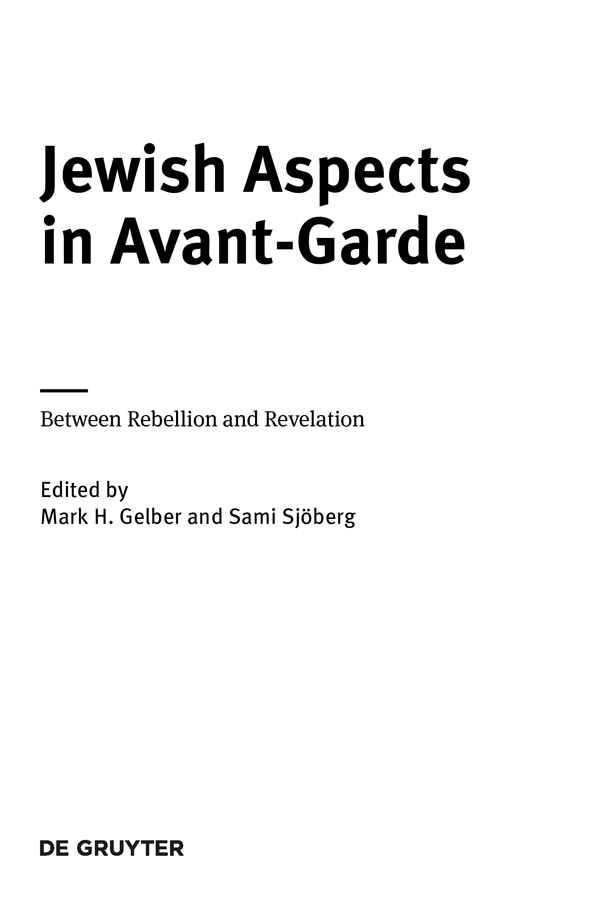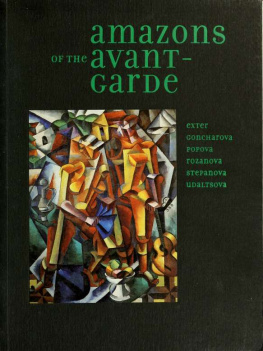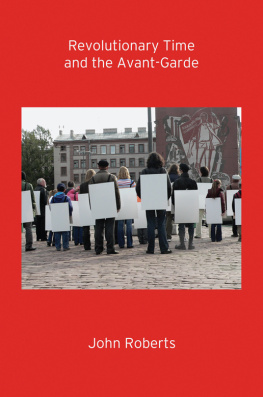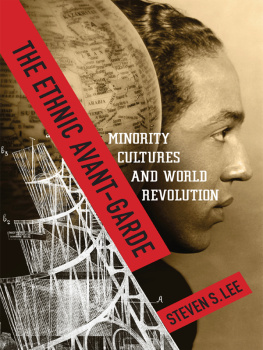Contents
Guide

Jewish Aspects in Avant-Garde
Perspectives on Jewish Texts
and Contexts

Edited by
Vivian Liska
Editorial Board
Robert Alter, Steven E. Aschheim, Richard I. Cohen, Mark H. Gelber, Moshe Halbertal, Christine Hayes, Moshe Idel, Samuel Moyn, Ada Rapoport-Albert, Alvin Rosenfeld, David Ruderman, Bernd Witte
Volume 5

ISBN 978-3-11-033692-4
e-ISBN (PDF) 978-3-11-045495-6
e-ISBN (EPUB) 978-3-11-045290-7
ISSN 2199-6962
Library of Congress Cataloging-in-Publication Data
A CIP catalog record for this book has been applied for at the Library of Congress.
Bibliographic information published by the Deutsche Nationalbibliothek
The Deutsche Nationalbibliothek lists this publication in the Deutsche Nationalbibliografie; detailed bibliographic data are available on the Internet at http://dnb.dnb.de.
2017 Walter de Gruyter GmbH, Berlin/Boston
www.degruyter.com
Acknowledgements
The editors would like to express sincere gratitude to those whose assistance made this book project possible. The volume began in early 2015 in the form of lectures delivered at the international conference on The Avant-Garde and the Jews that was held at the Institute of Jewish Studies at the University of Antwerp. We are greatly indebted to Vivian Liska, its director, and Jan Morrens its administrative assistant, for their support and practical expertise. They guaranteed that the conference would be both a professionally engaging and thoroughly enjoyable event. The dedicated help of numerous peer reviewers has been essential for our work in preparing the manuscript. These include: Haim Finkelstein, Peter Demetz, Howard Needler, Hanni Mittelmann, Scott Spector, Ilana Rosen, Konstantin Dudakov-Kashuro, Jakob Hessing, Lisa Silverman, Cosana Eram, Lisa Marie Anderson, Karolina Szymaniak, Ruth Klger,Mikhail Krutikov, Vince Brook and Monique Jutrin. And last, Jeremy Schreiber has been especially helpful in putting the finishing touches on the book.
Sami Sjberg and Mark H. Gelber
Sami Sjberg and Mark H. Gelber
Introduction
Die Bcher der Juden vor allem das alte [sic] Testament geben mir recht glaube an einen lebendigen Gott .
(Jakob van Hoddis)
The year 2016 marked the centenary of dada. German expressionism, Italian futurism and Russian cubo-futurism are even older than dada, and yet we are still far from a full understanding of these movements or of the avant-garde in general. This certainly has to do with the intrinsic complexity or versatility of the phenomenon, which incorporatesmany facets, including political and artistic revolt, international networks and temporal dynamics. Also, the avant-garde is open to various reinterpretations, such as feminist or post-colonial readings. As of yet, no serious attempt has been made to understand the Jewish dimension of the avantgarde. Hence, this volume charts and investigates the various ways in which the avant-garde, Jewishness and Judaism relate to each other.
Within the last ten years, a number of studies in various disciplines have addressed the relationship between Jewish topics and motifs and avant-garde movements. The topic of Jewish artists belonging to the avant-garde has also been of certain scholarly interest. without developing or utilizing an overarching approach to this specific dimension of the avant-garde. This indicates that much of the important information is to be located at the fringes of academia, for instance in exhibition catalogues, or neglected material in archives and in various Nachle .
In literature, the Jewish involvement in the avant-garde covers not only experimental texts produced in Jewish languages (Yiddish, Hebrew, Ladino) but also works in other languages by artists of Jewish descent. Overall, the significance of the avant-garde for modern Jewish culture and the impact of the Jewish tradition on the artistic production of the avant-garde are visible through the various and multiple reinterpretations of literary, artistic, philosophical or theological texts and traditions, which appropriate elements from Judaism or Jewish culture.
The focus of the present volume is European, owing to the fact that Europe was the birthplace of the artistic avant-garde. Moreover, with the advent of the Second World War, the majority of Jews resided in Europe. That is certainly necessary regarding Jews in order to reflect the internal heterogenic reality of the avant-gardes they took part in.
Jewish Traces in the Avant-Garde
The avant-garde is undoubtedly a product of the modern period and it has been noted that this era brought about profound social, political, scientific and aesthetic upheavals and renewals. However, to counter the progressive trends of social emancipation, internationalism and urbanization of the age, xenophobia and nationalism proliferated, which in turn fueled anti-Semitism and the rise of totalitarianism. Thus, the works of the avant-garde were produced in a social environment where liberal and conservative forces negotiated with each other, occasionally generating societal unrest. One might mention the Paris Commune, the Bavarian Council Republic or the May 1968 riots, and their subsequent suppression in this context.
From a historical perspective, the Jewish participation in the avant-gardes is noteworthy, because it can be seen as an alternative path to modernization. The avant-garde provided an alternative Weltanschauung to those uninterested in religious orthodoxy or bourgeois assimilation. Overall, the avant-gardists were often young and well-educated people.
Latent religious influences are apparent in the manifesto Gramatic (Grammar, 1925) written by the Romanian Jewish avant-garde author Ilarie Voronca (Eduard Marcus, 19031946). In fact, it includes all the main aspects of early twentieth-century avant-garde aesthetics. With the suggestive and subversive rhetoric characteristic of the manifesto genre, he denounced traditional art and conventional means of representation while promoting an alternative canon consisting of prominent figures in European experimental art, such as Stphane Mallarm, Arthur Rimbaud, Tristan Tzara and Marcel Janco the latter two being Voroncas Jewish compatriots. Voronca echoes the works of these predecessors when stipulating the necessity for a new approach to words, which would establish a new logic. Already here looms a paradox: how can the radically new draw from literature written more than thirty years earlier? Similar specious neofilia proved to be an overarching theme in the various avant-gardes, together with various utopian and political aims.
In the light of such extensive neofilia, the omission of religion would seem to be necessary. Yet, amidst Voroncas rampant anti-traditionalist discourse a peculiar statement can be found, which mirrors his ethnic and religious background: Orice artist trebuie sa fie aducatorul unor alte principii, scoborand in concertul de fulgere de pe muntele Sinai cu tablele logicei noi in maini [Each artist must be the originator of novel principles, descending through the concert of fulgurations atop Mount Sinai with the tablets of a new logic in his hands] (Voronca 1925, 1).
While Voronca promoted his new avant-gardist logic, he concurrently suggested that Judaism had created a new logic as well, which perhaps refers to monotheism amidst polytheistic or pagan religions. becomes commonplace and is eventually replaced. More importantly, despite Voroncas somewhat enigmatic formulation, he obviously referred to a historical continuity between his avant-gardist experiments and the Jewish tradition.















